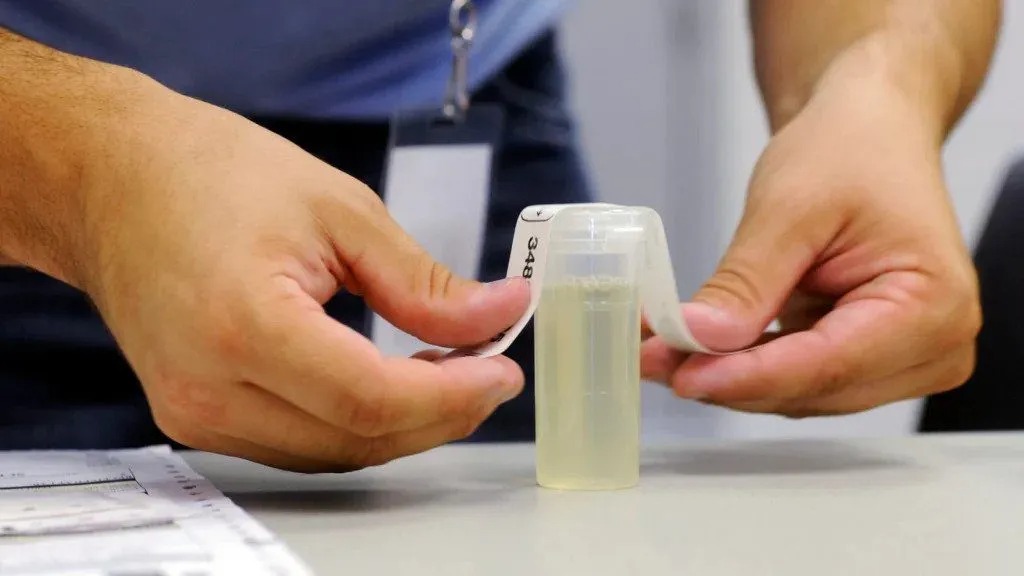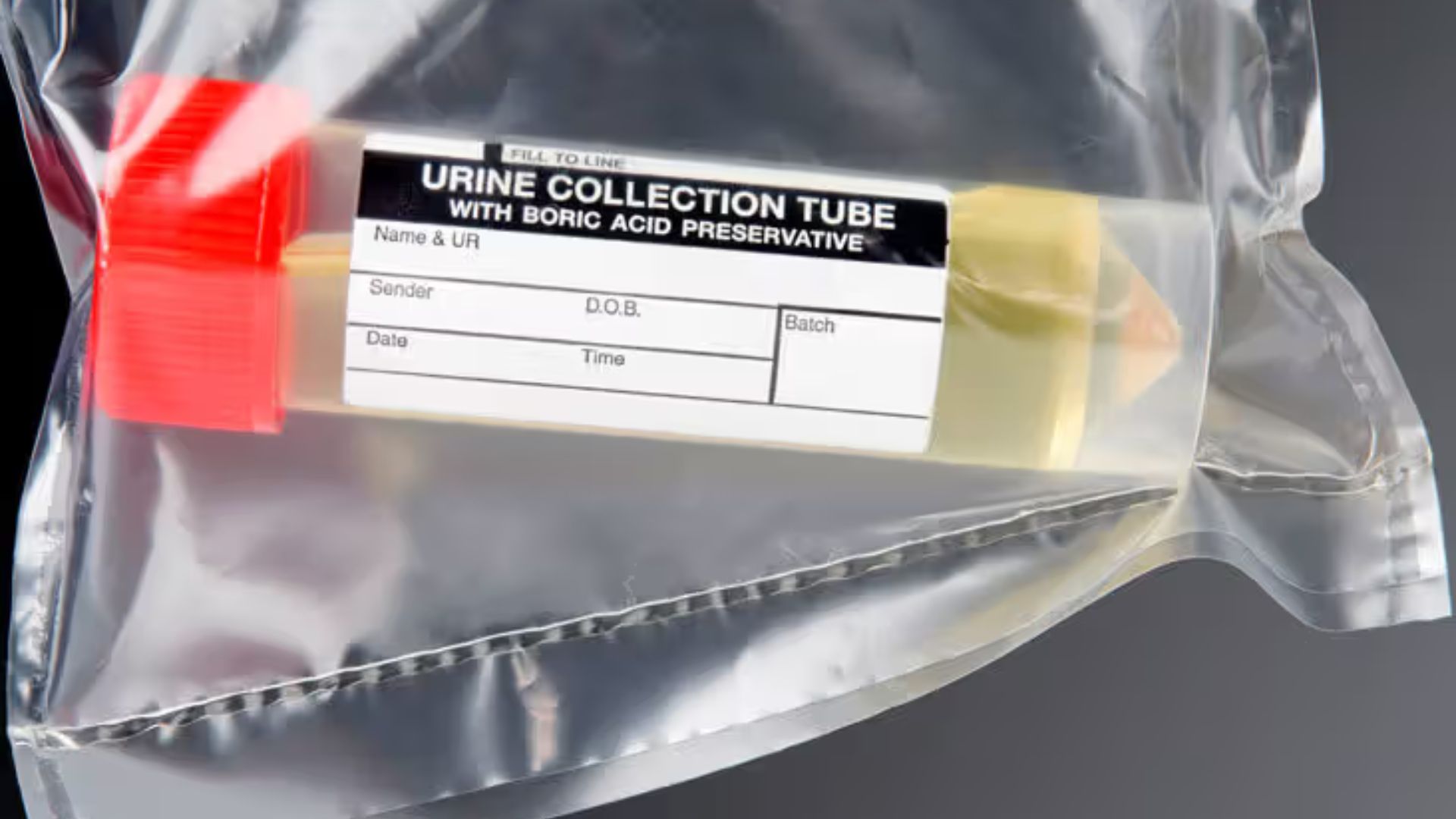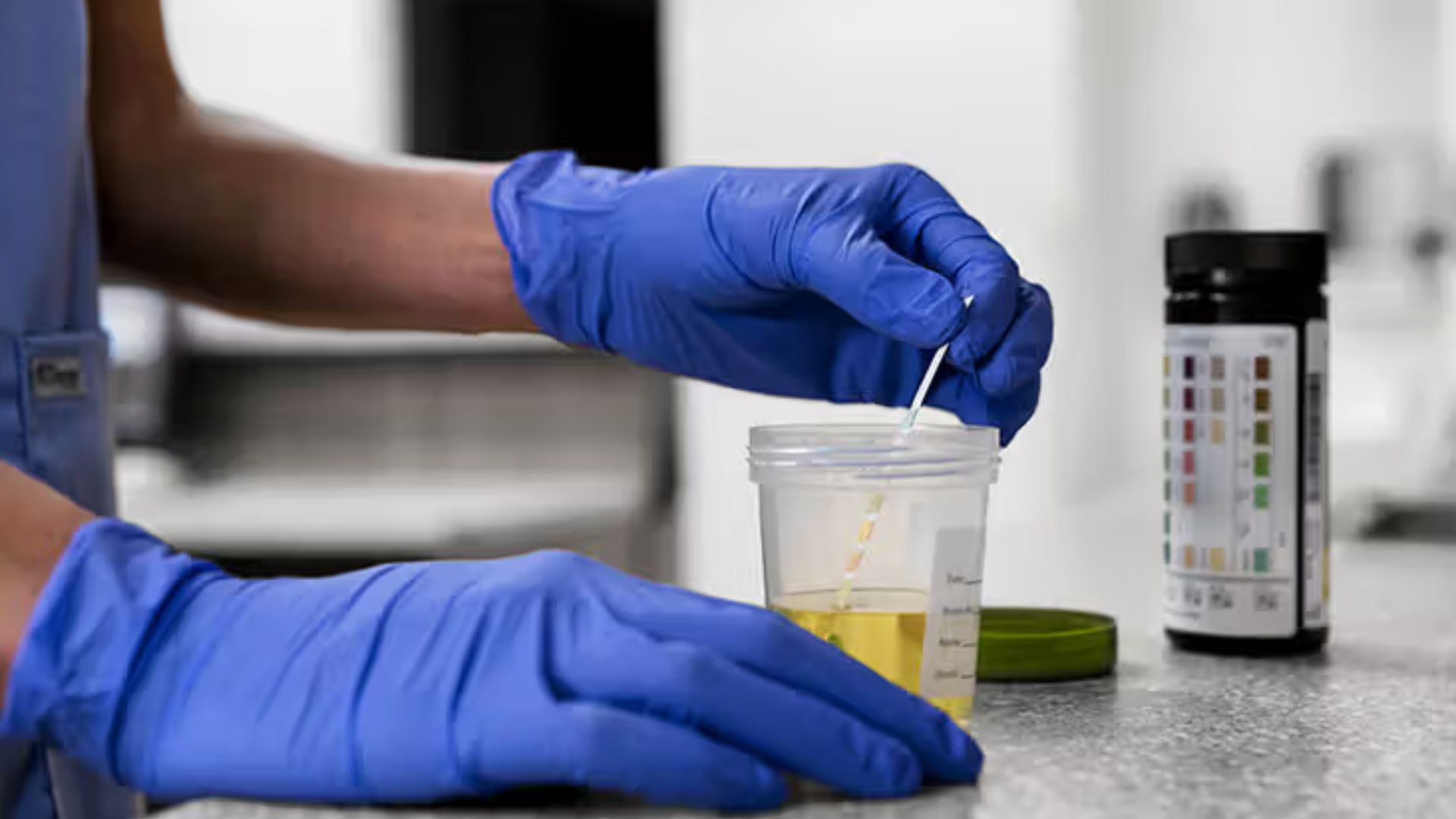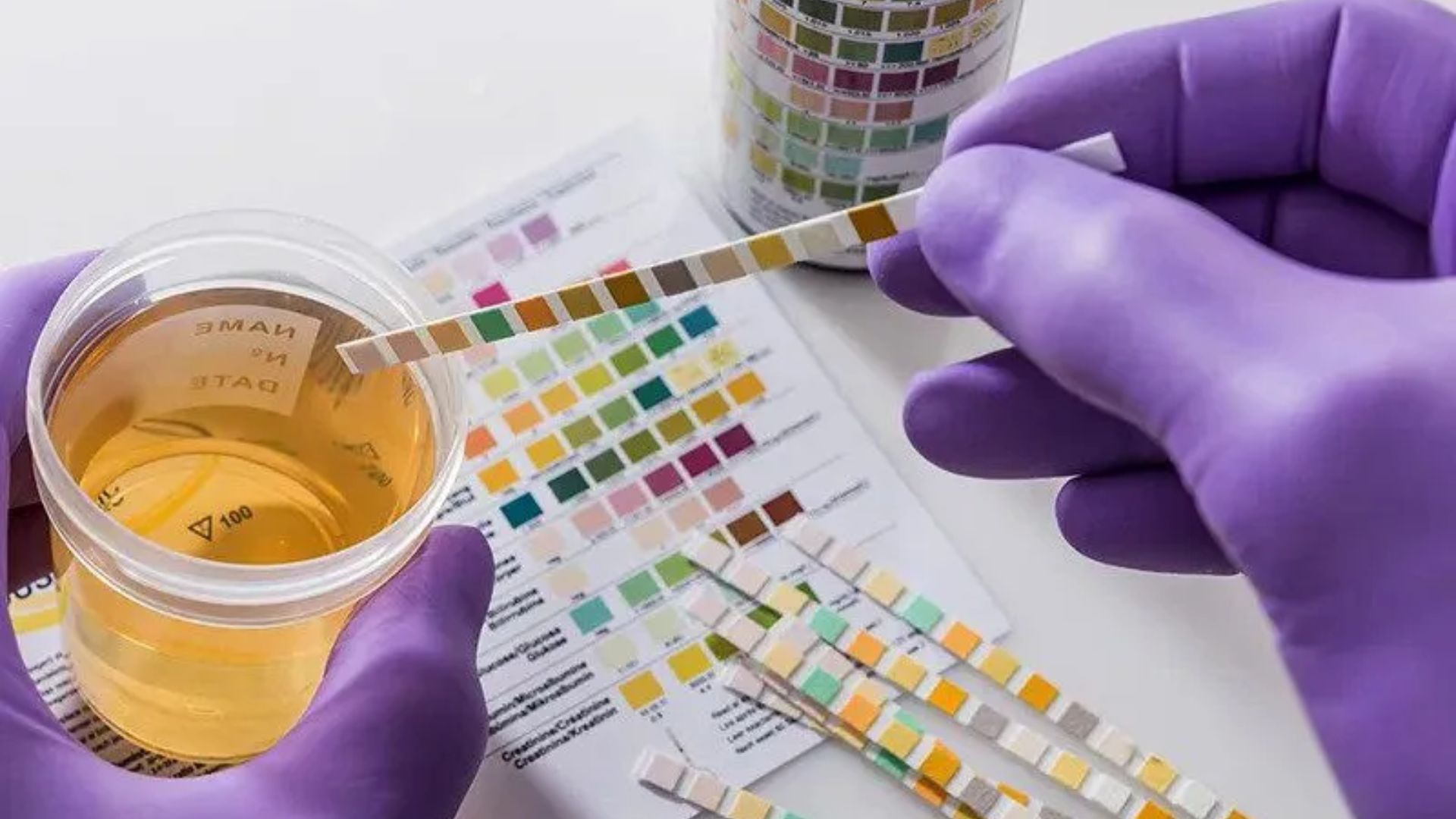How To Pass A Urine Drug Test?
In a world where adherence to stringent regulations is paramount, understanding the nuances of this process becomes indispensable. Whether driven by professional obligations or personal choices, the quest for reliable information on how to pass a urine drug test takes center stage. Join us on a journey through insights, strategies, and proven methods that empower you to confidently tackle this significant milestone.
Author:Xander OddityReviewer:Dr. Felix ChaosphereFeb 20, 202410.4K Shares236.4K Views
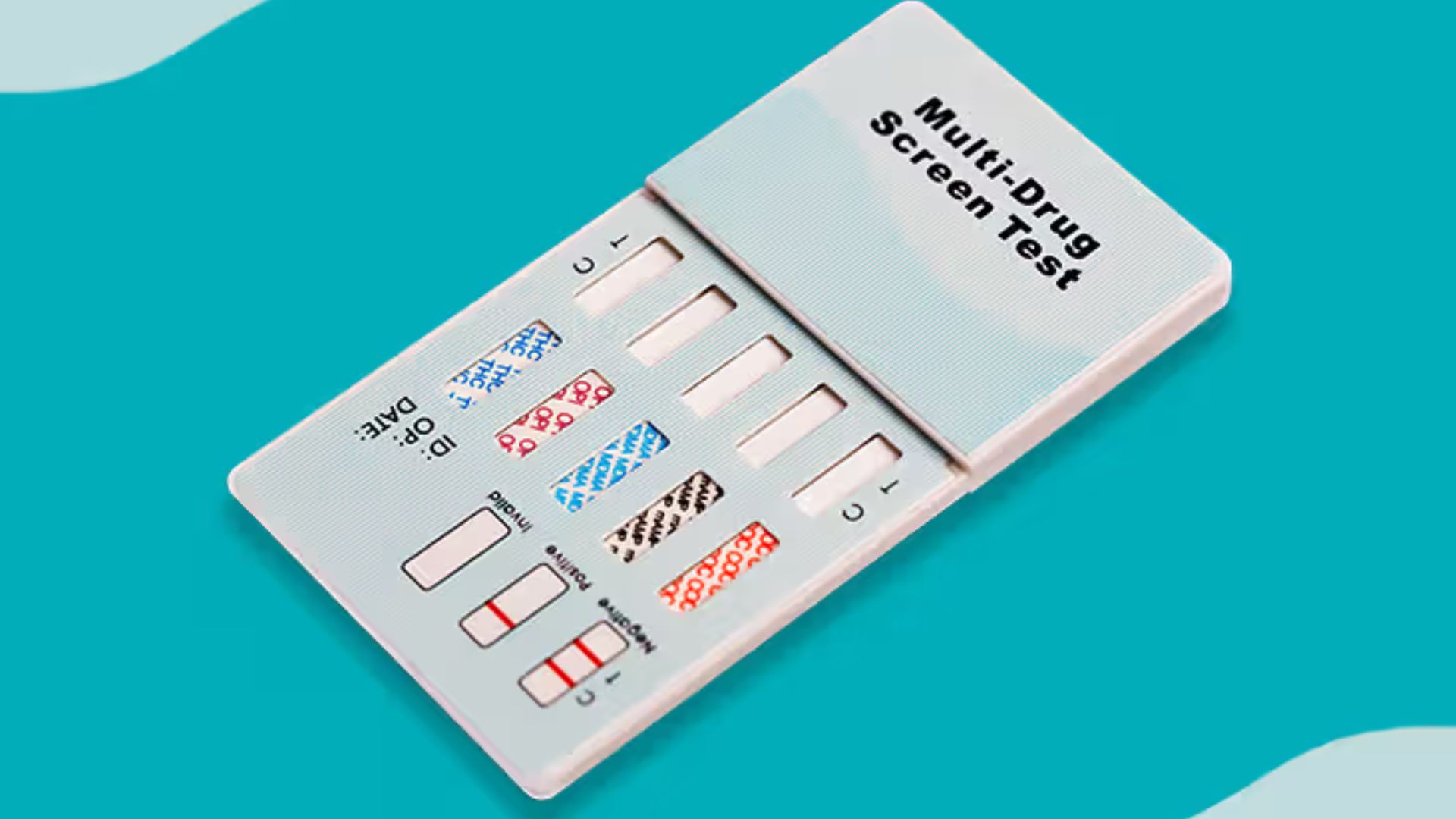
Drug tests are carried out for many purposes and are very frequent. It is possible to test any biological sample such as saliva, urine, or hair for the presence of illicit or legal drugs. These tests are often part of a pre-employment screening, and passing a drug test may be a big step toward a professional job.
These drug tests are also used to monitor or diagnose certain medical disorders. Read this thorough guide on passing a drug test if you have an upcoming drug test and have no idea how to pass a urine drug test.
Drug Tests Types
Even though drug tests have been around for decades, they are still used in many facets of life, including professional and personal settings. It's still "on demand," particularly in various workplaces, although other cannabis products are now available for recreational use.
THC use is not regulated, thus there is still a risk of drug addiction with these items. As a consequence, several businesses and organizations continue to include a negative drug test result as a prerequisite.
In this environment, people often use detox goods such as Old Style Aloe Toxin Rid and Toxin Rid tablets. Knowing the fundamentals of drug testing is crucial, whether you're using it for employment applications, to participate in sports, or for other legal reasons.
Urine Tests
It is the most often used drug screening technique because it is very efficient and typically has a cheap conduction cost. In addition, the procedure is simple. A pee test finds medications in different body panels that have been utilized over the last several days. Most illicit substances, including heroin, cocaine, marijuana, and opiates, may be found with this test.
Results from urine testing may serve as enough proof of recent drug use as they can detect drug metabolites or any other biomarkers associated with drug use or abuse. It is unable to gauge a user's present state of addiction or quantity of drug usage, however.
Hair Follicle Tests
Another popular test that is best at identifying long-term drug usage is the hair drug test. This test reveals if drugs and their metabolites are present in the hair sample. The findings are more accurate than those obtained from urine, saliva, and blood because it has a larger detection window.
Drugs may remain detectable in the hair for up to 30 days or even months without washing, depending on how and when they are used. It can identify many drug kinds, including nicotine, benzodiazepines, cocaine, and alcohol.
Saliva Tests
When compared to other tests, this kind of drug test is more affordable and convenient. Swab tests employ a Q-tip or swab to collect fresh oral saliva. The whole testing procedure will be completed in a matter of minutes.
Cocaine, painkillers, THC or marijuana, alcohol, amphetamines, and methamphetamine are a few of the chemicals it may identify. However, much as with urine testing, several substances may be evaluated to define a particular panel, with drug test types ranging from 4-panel to 12-panel.
Blood Drug Tests
It's the least common drug test since it's expensive and unsuitable for a professional evaluation. Finding traces of illicit drugs in the body requires intrusive testing. Urine tests are not as good as blood testing at detecting drug overdose and misuse.
For drug residues, the detection window is smaller, however. It can only suggest recent drug usage. It is unable to distinguish between frequent and infrequent users.
How Long Do Drugs Stay In The Body?
When an addict wants to use and knows they will soon take a drug test, their initial thought is to use anyway. How they will pass their drug test is the second issue.
The question of how long the chemical they are misusing will remain in their body usually follows this one. It should be mentioned that the majority of people discuss this in terms of blood or urine tests, with the latter being the most often used.
Even if they can't be detected in certain ways, drugs remain in your body for a very long period. For instance, most medications remain in your hair follicles for months after your last usage, but after a few days, they probably won't be in your bloodstream. When you haven't taken drugs, there is a 5–10% chance that you may test positive for a substance.
When And Why Do Employers Perform Urine Drug Tests?
There are several reasons why employers could use drug testing, and each has a special importance when it comes to workplace regulation. Let's investigate these motivations now:
Pre-Employment Screening
The groundwork for a job is set at this first stage when potential employees are screened to ascertain their suitability.
Ongoing Employment Oversight
After hiring is complete, the process continues, with employers periodically enforcing the need for random or recurring drug testing to ensure compliance.
Suspected Substance Use
When warning signs and symptoms appear in the workplace, drug testing may be necessary as a diagnostic procedure to address issues.
Post-Incident Evaluation
Following workplace accidents or occurrences involving personnel, drug testing becomes necessary to determine any contributing causes and guarantee a complete knowledge of what happened.
What Is The Easiest Way To Pass A Urine Drug Test?
Urine drug tests are known for their high accuracy, yet they pose a vulnerability to manipulation. One suggestion is to attempt a natural detox using water, beverages, and pills. In cases of time constraints where the body cannot eliminate toxins naturally, synthetic urine becomes the final resort.
Designed to yield a toxin-free outcome, synthetic urine typically comes with a discreet kit comprising a bladder bag, an adjustable waist belt, and heating pads to regulate temperature. Mimicking the composition of actual human urine with creatinine and pH levels, it operates via gravity, requiring no special setup. Temperature control adjusts it to body temperature, and the discreet belt can be worn under clothing. A release clip on the belt facilitates transferring the synthetic urine into a specimen bottle.
Available in various kits, including a practice set, a standard kit, and a comprehensive bundle with diverse products for clearing urine, blood, and saliva tests.
Five Ways Employees Cheat Drug Tests
There are several methods for drug testing. Nonetheless, the urine sample drug testing technique is the most precise and trustworthy. This kind of procedure is used to search for the presence of amphetamines, opiates, cocaine, marijuana, and phencyclidine (PCP).
Other drugs like alcohol, MDMA (ecstasy), benzodiazepines, barbiturates, and propoxyphene may also be detected in urine using this device. However, there are techniques to falsify a urine test.
Diluting Urine Samples
This may be achieved by adding water directly to the urine sample or by consuming a lot of water before to the drug test. Diluting the urine would reduce the amount of visible drugs. Consequently, the likelihood of receiving a drug-negative test increases. Most individuals use this technique to cheat on a drug test, but labs that do drug tests, like the ones in Hialeah, can identify diluted samples and would need to retest.
Getting Urine From Someone
Employees may even get a urine sample from another person to cheat. Some utilize synthetic urine, liquid urine, or pee belonging to another person, according to OHS Health and Safety Services Inc. Animal urine is also used by others to pass the test. Moreover, pee pockets in powder form are readily available online and combine well with water.
pee might be difficult to maintain at body temperature, but tenacious individuals may be able to reheat the pee sample using certain technologies. They might even place the specimen against their crotch or armpit to keep it warm.
Adding Chemicals To Their Sample Urine
Chemically combined urine samples are referred to as "adulterated specimens." Some try to cover up the fact that they have drugs in their urine by submitting a sample that has been treated with additional substances. Known compounds include eye drops, bleach, soap, salt, and peroxide.
The majority of drug testing equipment can identify specimens containing substances and mark them as invalid. Not every adulterant is found, however. Certain substances, including isopropanol and Visine eye drops, are still undetectable.
Delaying Drug Testing
Some people can want to postpone the drug test until the medications have completely cleared their system. The kind of medicine used will determine how long this process takes since certain drugs leave the body more quickly than others. A person's age, height, weight, metabolism, and medical history are other variables that influence how quickly a chemical leaves the body.
Trying Detoxification Methods
Some seek to cheat by experimenting with detoxification techniques for their drug usage. The most popular techniques are drinking herbal teas or other liquids that function as diuretics to help drain toxins from the body, eating meals high in fiber, and consuming specific plants like burdock and red clover.
Frequently Asked Questions
What Can Mess Up A Urine Drug Test?
Clinically, several xenobiotics, including bupropion, methylenedioxypyrovalerone (MDPV), ibuprofen, imipramine, ketamine, meperidine, venlafaxine, and tramadol, may cause a false positive urine drug test.
What Not To Do For A Urine Test?
Avoid eating anything that might alter the color of your urine before the test. Rhubarb, beets, and blackberries are a few examples of them.
How Long Does It Take For A Drug To Be Cleared From The Body?
Urine tests may be used to determine the duration of drug usage since most drugs remain in the body for many days after their last use.
Which Drug Test Is Most Accurate?
Because hair testing is uncrackable, it is regarded as one of the most trustworthy forms of drug testing. Its detection window is the longest as well.
Does Chewing Gum Affect Saliva Drug Tests?
Chewing gum, candies with citric acid, and other substances may be used to increase the production of oral fluids. The medication's concentration and pH in the oral fluid will unavoidably alter as a result.
Final Thoughts
Because they are aware that a safe and productive work environment is provided by an effective drug testing program, the majority of employers place a high value on drug testing. Some workers are making it easier for themselves to cheat on drug tests as before tests they learn how to pass a urine drug test, although employers are trying to increase workplace safety and efficiency. Businesses and other workers are in danger because of this.

Xander Oddity
Author
Xander Oddity, an eccentric and intrepid news reporter, is a master of unearthing the strange and bizarre. With an insatiable curiosity for the unconventional, Xander ventures into the depths of the unknown, fearlessly pursuing stories that defy conventional explanation. Armed with a vast reservoir of knowledge and experience in the realm of conspiracies, Xander is a seasoned investigator of the extraordinary.
Throughout his illustrious career, Xander has built a reputation for delving into the shadows of secrecy and unraveling the enigmatic. With an unyielding determination and an unwavering belief in the power of the bizarre, Xander strives to shed light on the unexplained and challenge the boundaries of conventional wisdom. In his pursuit of the truth, Xander continues to inspire others to question the world around them and embrace the unexpected.

Dr. Felix Chaosphere
Reviewer
Dr. Felix Chaosphere, a renowned and eccentric psychiatrist, is a master of unraveling the complexities of the human mind. With his wild and untamed hair, he embodies the essence of a brilliant but unconventional thinker. As a sexologist, he fearlessly delves into the depths of human desire and intimacy, unearthing hidden truths and challenging societal norms.
Beyond his professional expertise, Dr. Chaosphere is also a celebrated author, renowned for his provocative and thought-provoking literary works. His written words mirror the enigmatic nature of his persona, inviting readers to explore the labyrinthine corridors of the human psyche.
With his indomitable spirit and insatiable curiosity, Dr. Chaosphere continues to push boundaries, challenging society's preconceived notions and inspiring others to embrace their own inner tumult.
Latest Articles
Popular Articles
